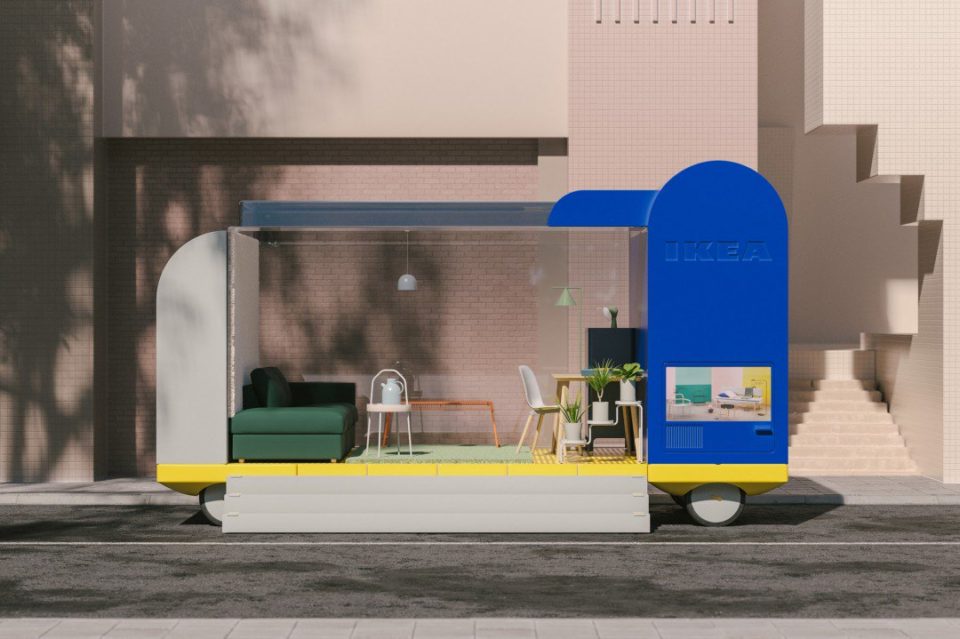“Location, location, location” might be the mantra of the real estate industry, but that mindset could change radically with the advent of autonomous vehicles. It may take a while, but once driverless cars are adopted by consumers on a wide scale, everything from land usage to property values could shift as parking space is freed up and workers become more mobile. Some experts say we could see fleets of driverless cars on the roads by 2022, others predict that it’ll be closer to 2030, but either way, they’re almost certainly coming.
Autonomous electric vehicles are expected to reduce travel costs, commute time and congestion while boosting safety, and experts believe they’ll also free up millions of parking spaces and allow people to live longer distances from their workplaces. Automobile manufacturers are reflecting these expectations with designs that incorporate zero-emissions electric cars right into the home or double as mobile spaces for working, dining, shopping or even as a new form of housing on wheels.
Autonomous Cars as Mobile Living Spaces
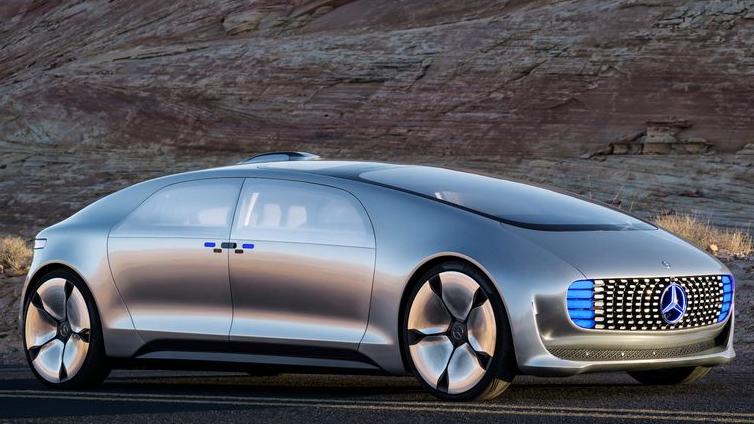
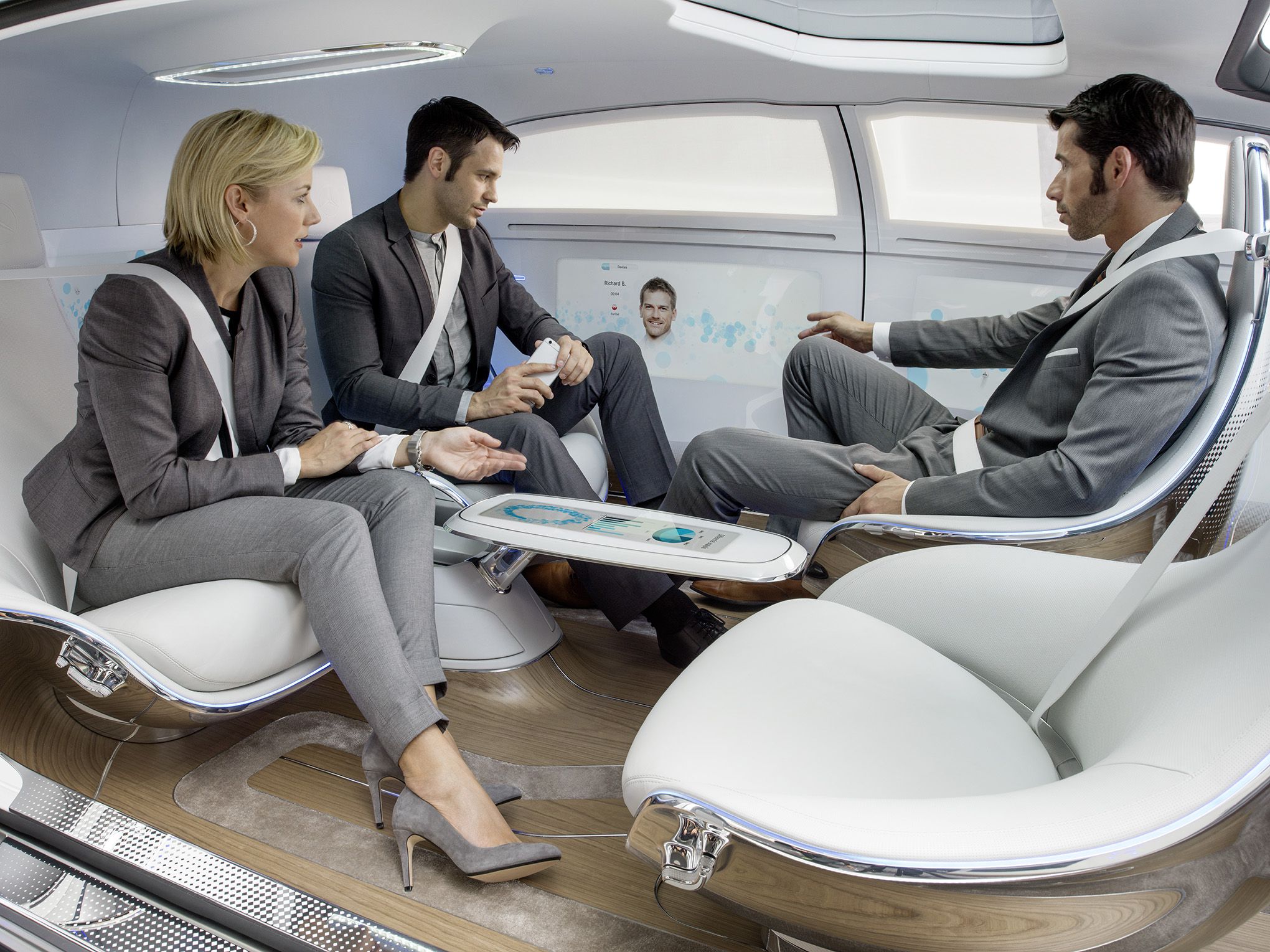
The most obvious and immediate change that commuters would enjoy as driverless cars become the norm could be the freedom to do whatever we want during our travel time instead of driving. That could include getting ready for work, eating meals, working on projects or taking a nap, activities that can be difficult (or impolite) to do on public transit. The spaces remain private – a consideration that’s often cited as a primary motivation to drive instead of taking the bus or train – and even solo commuters could add hours back to their day that they’d normally spend cursing at traffic.
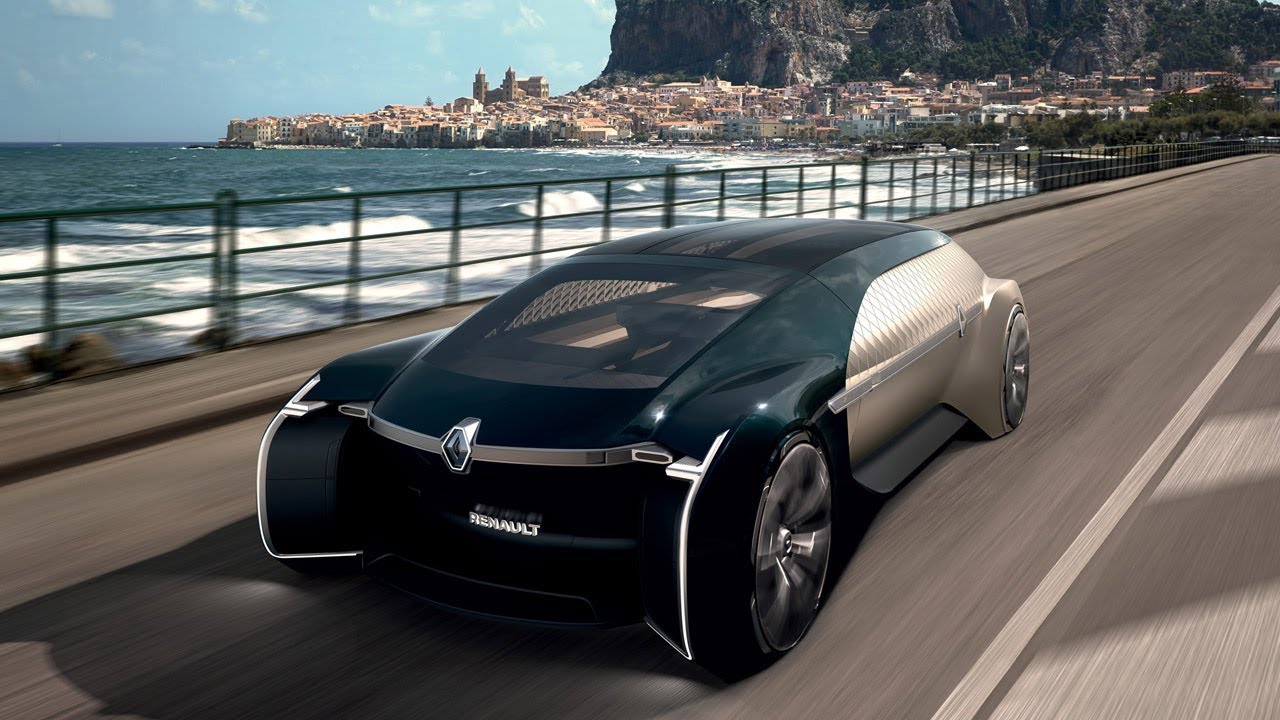
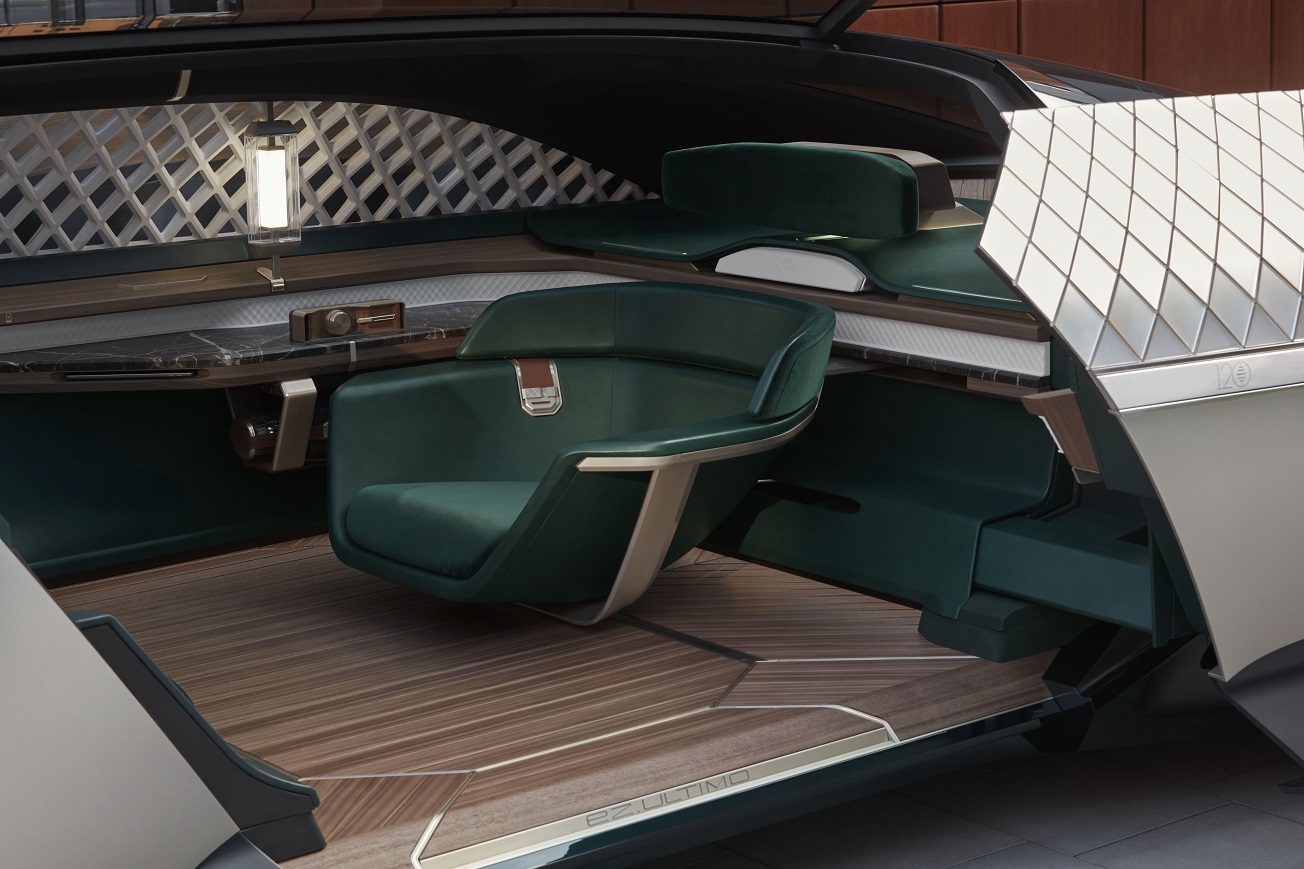
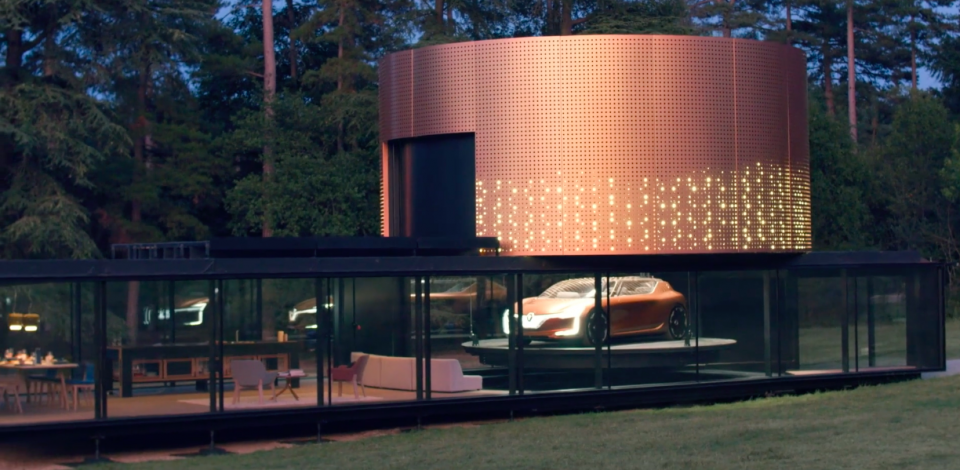
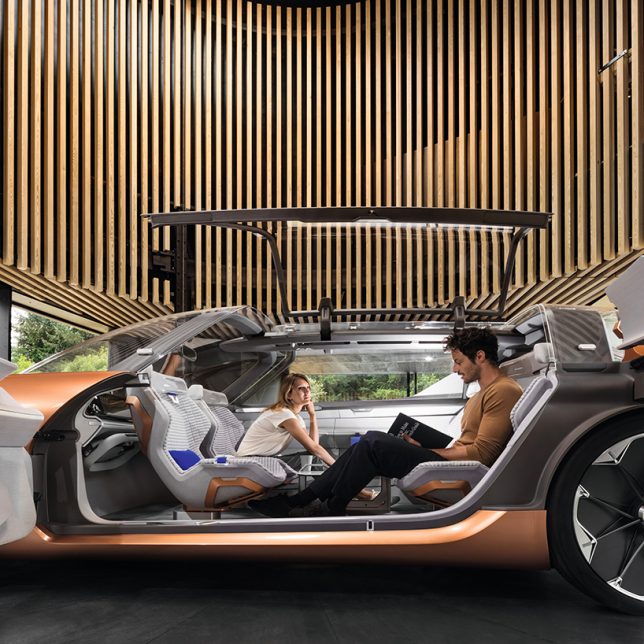
Concepts like Renault’s new EZ-ULTIMO, the latest in a trilogy of concept cars “illustrating the future of shared mobility,” act like first class mobile lounges. The EZ-ULTIMO cabin is designed to make passengers feel like they’re in a millionaire’s living room. The brand’s SYMBIOZ car and residence combo takes that a step further by making the car a room within a room, entering the home to provide additional seating and make the transition between home and travel as seamless as possible.
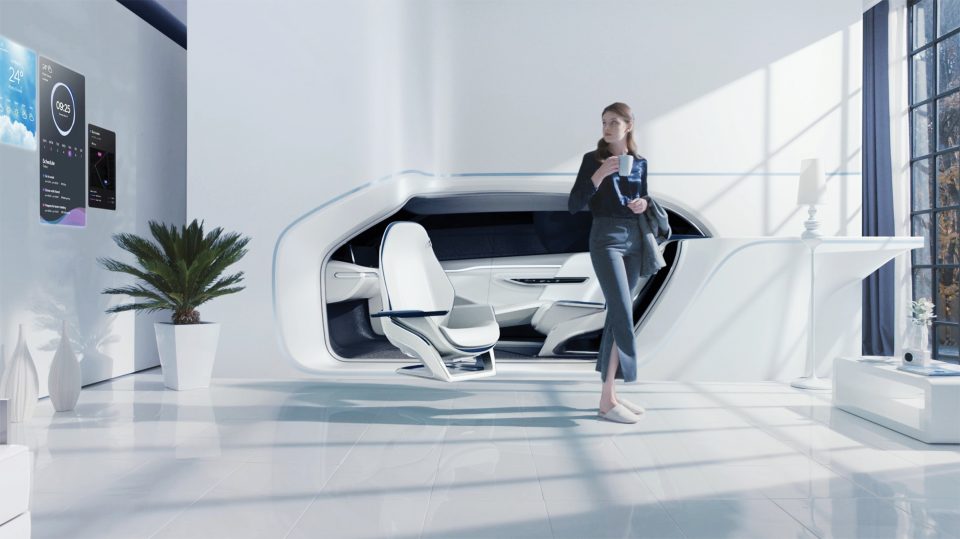
Hyundai’s Mobility Vision concept may not be quite as self-consciously highbrow as Renault’s, but it employs a similar idea, blurring the line between architecture and automobile in a whole new way. A driverless car powered by a hydrogen fuel cell to eliminate dangerous emissions plugs into the house once travel is complete, with a single large door opening its cabin up to the living room. The driver’s seat slides right out into the living space, so you don’t even have to stop what you’re doing when you arrive or depart.
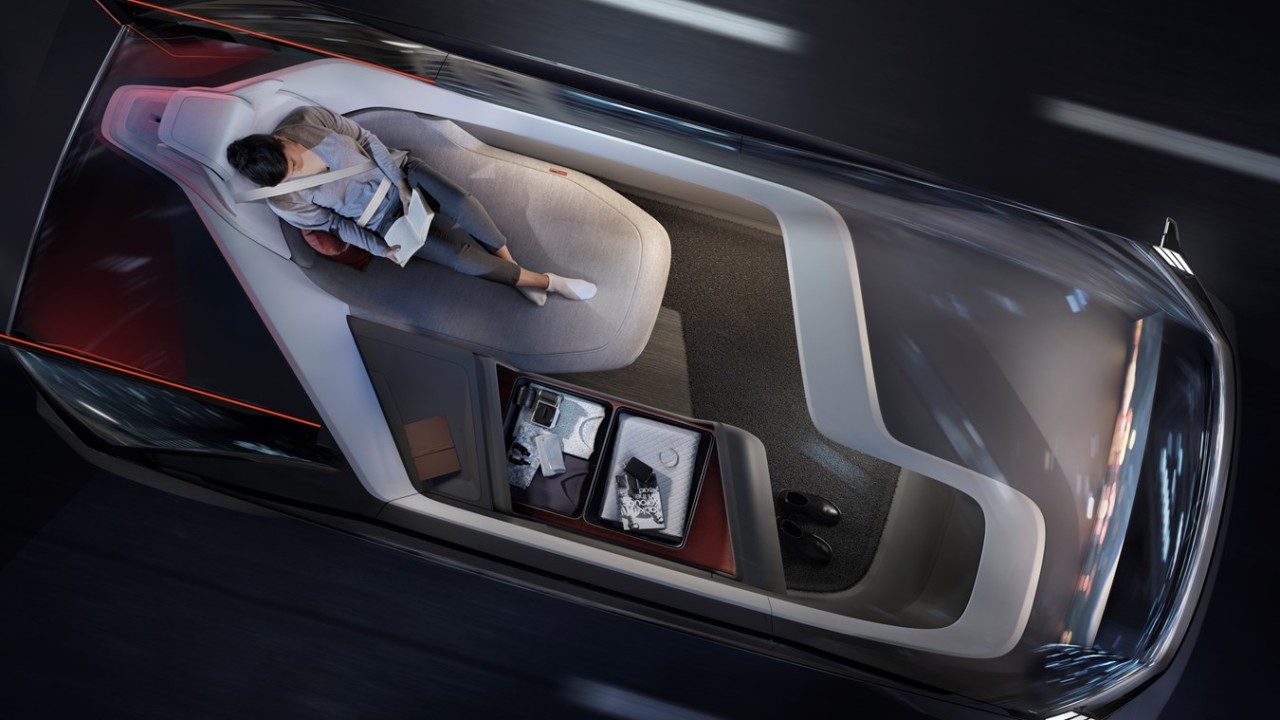
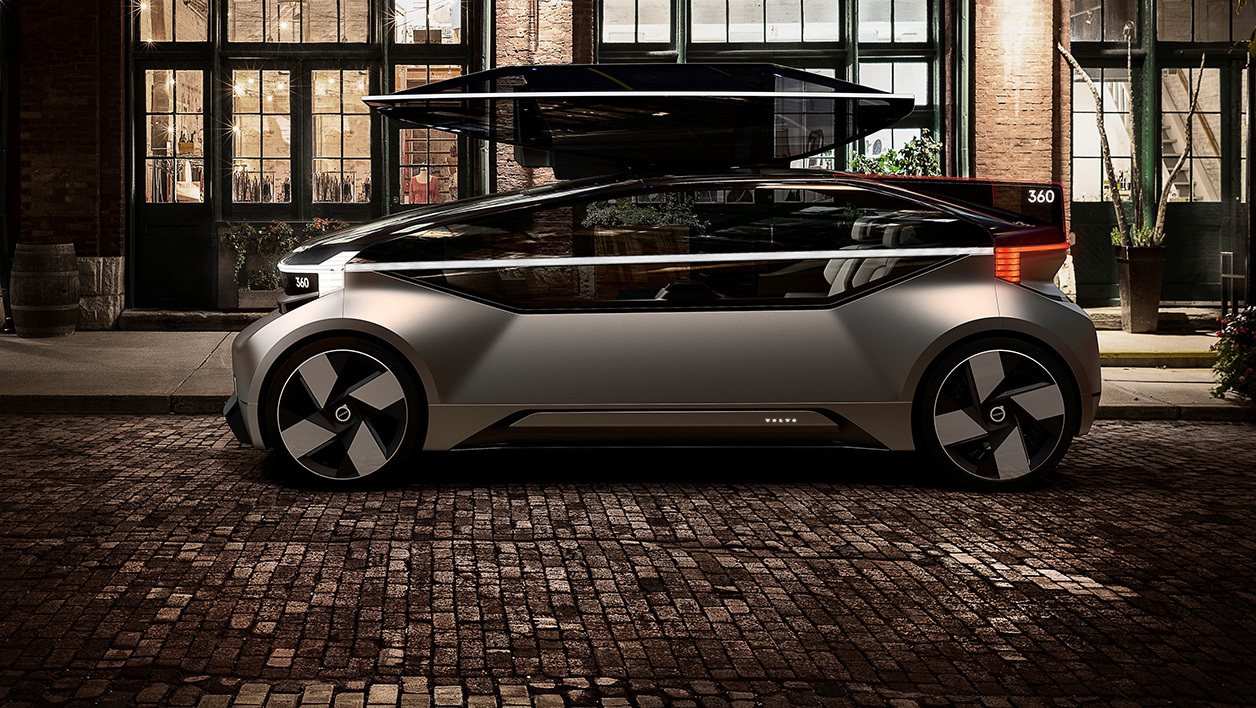
Volvo’s 360c fully autonomous vehicle aims to make us as comfortable as possible while traveling, potentially eliminating the need to take short flights (which could help significantly reduce greenhouse gases, by the way.) All-electric and covered with a glass dome, the car acts like a mobile bedroom with seats that can be converted into a bed.
Volvo points out that while it believes many people will still want to own personal vehicles, cars like the 360c could be integrated into sharing services, too. In fact, none of these concepts necessarily have to be accessible for ownership. The beauty of autonomous cars is that we could summon them whenever we want them and send them away when we don’t. But it’s also not hard to imagine people choosing to purchase an autonomous vehicle just to sleep in, especially if they’re on the go a lot.
Offices, Restaurants and Shops On Wheels
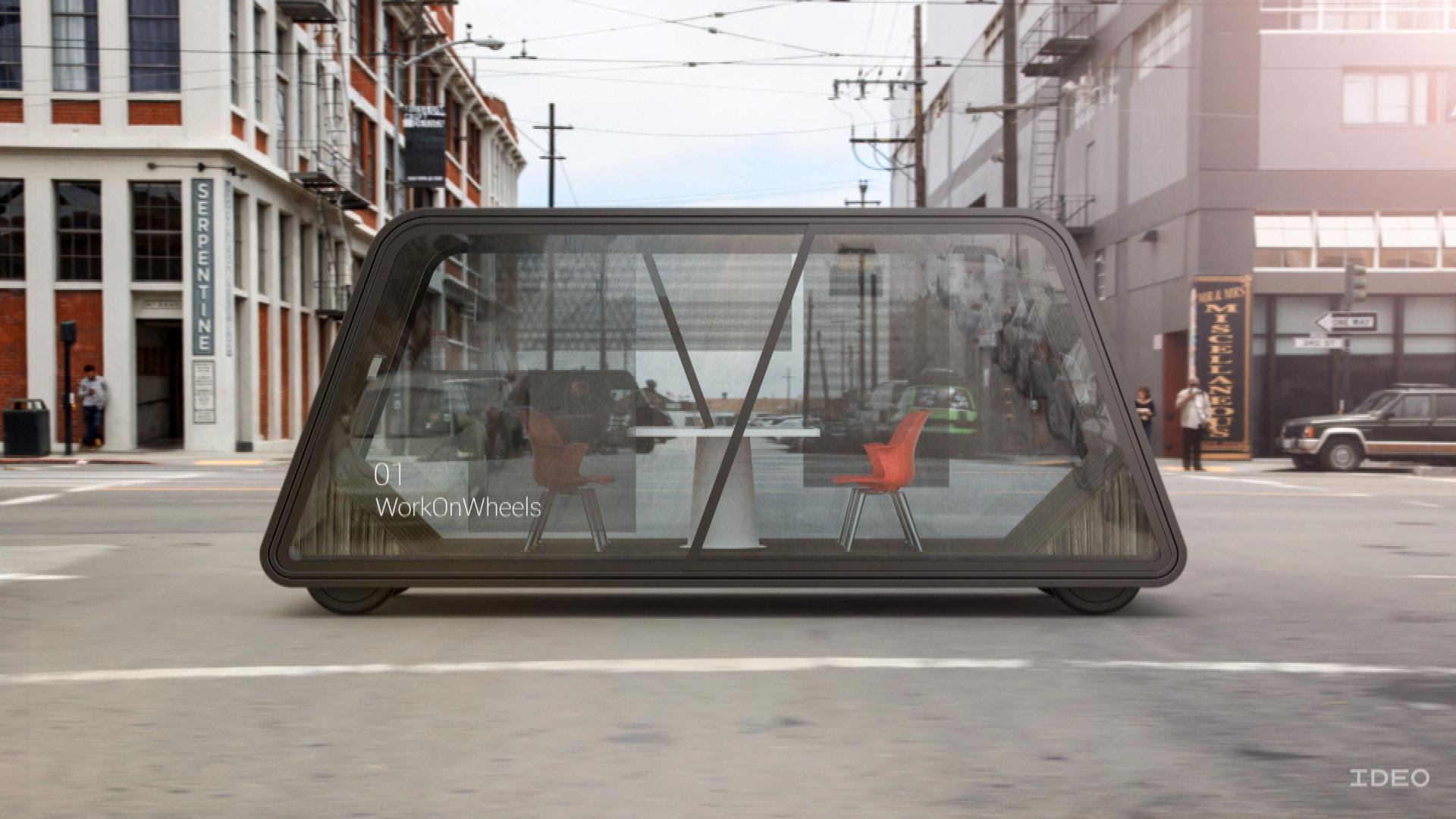
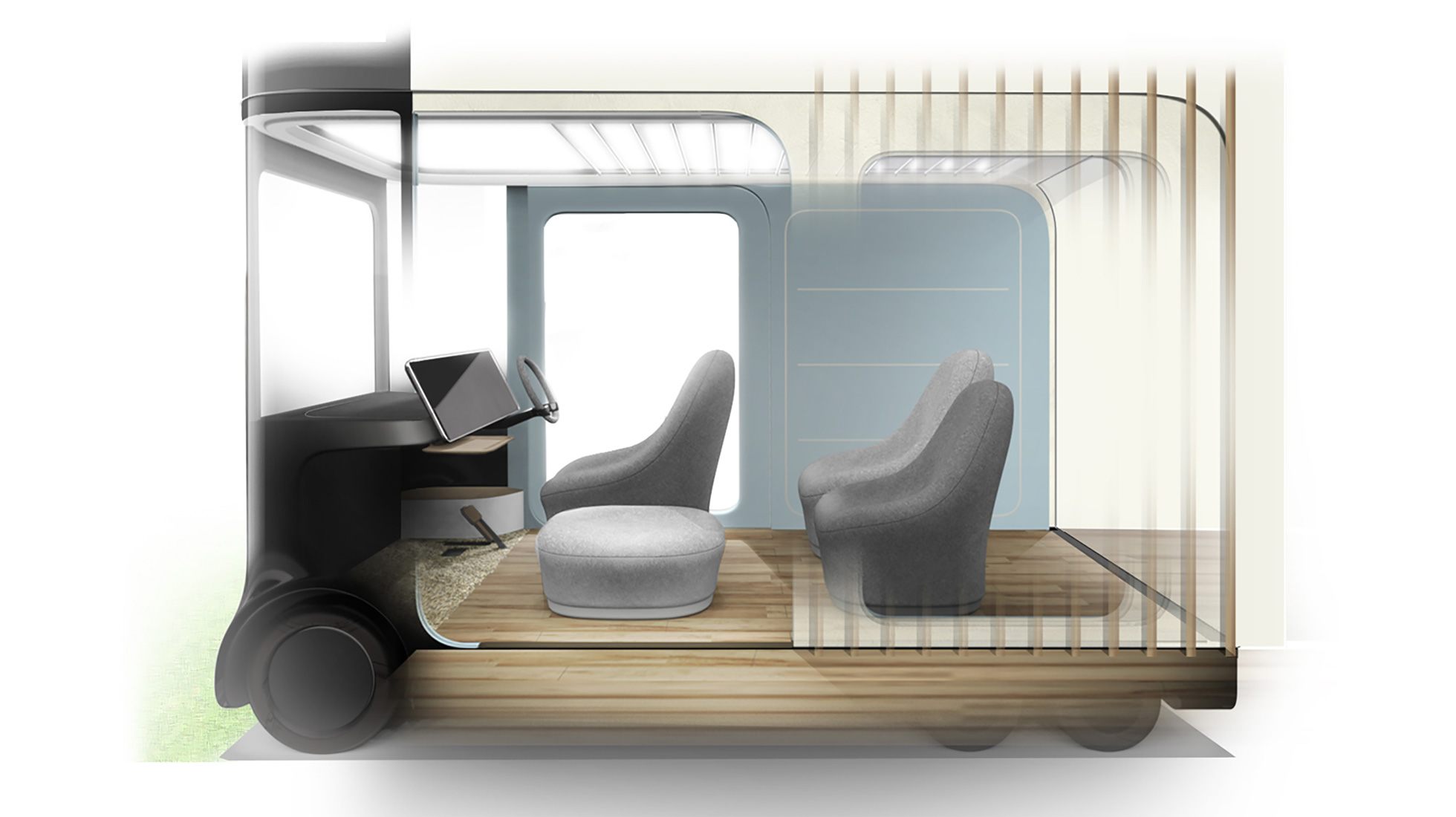
Honda’s IeMobi, IDEO’s Work On Wheels and a new series of concept spaces by IKEA’s “future living lab,” SPACE10, abandon all attempts to make autonomous vehicles sexy in favor of more space. That makes them more functional as extra “rooms” you can still use once you’re at home, or to serve a greater number of people. Honda’s boxy concept is envisioned as “ a guest room to invite friends or a mobile pantry for weekend shopping,” while the Work On Wheels pod is a mobile office for your entire team.
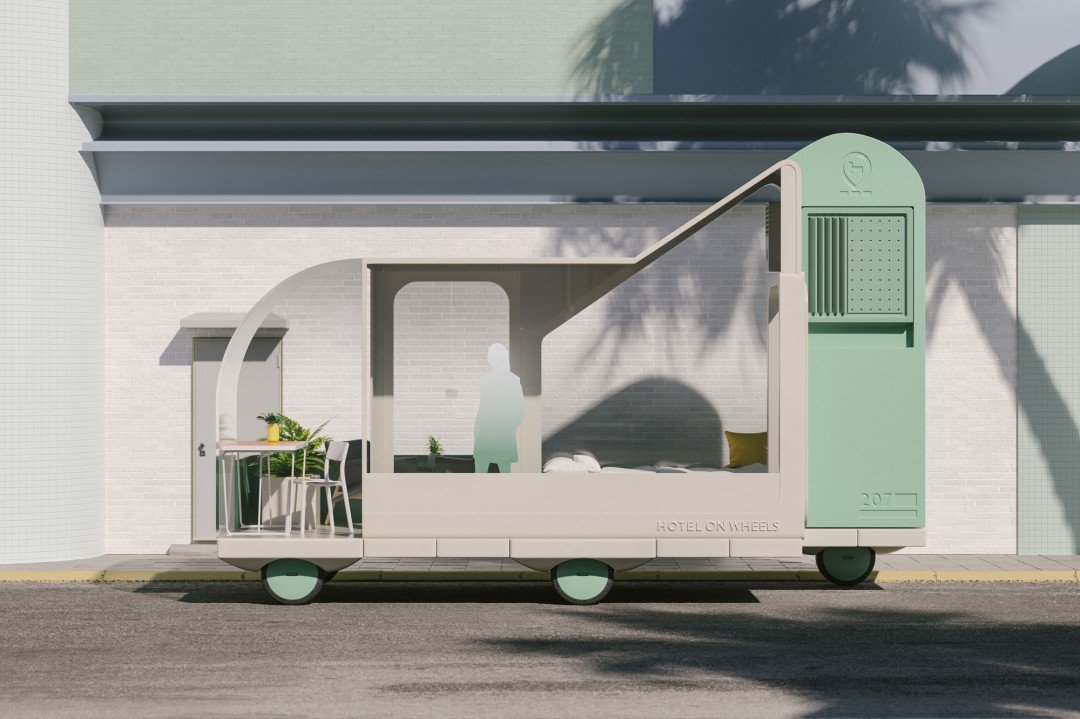
The SPACE10 concepts go beyond commuting to present autonomous vehicles as unstaffed, driverless mobile services that can go virtually anywhere, from mobile cafes and hotel pods to farm stands and medical clinics that venture into underserved areas. The design team notes that autonomous cars won’t just change how we get to and from various destinations, but also how we interact with cities.
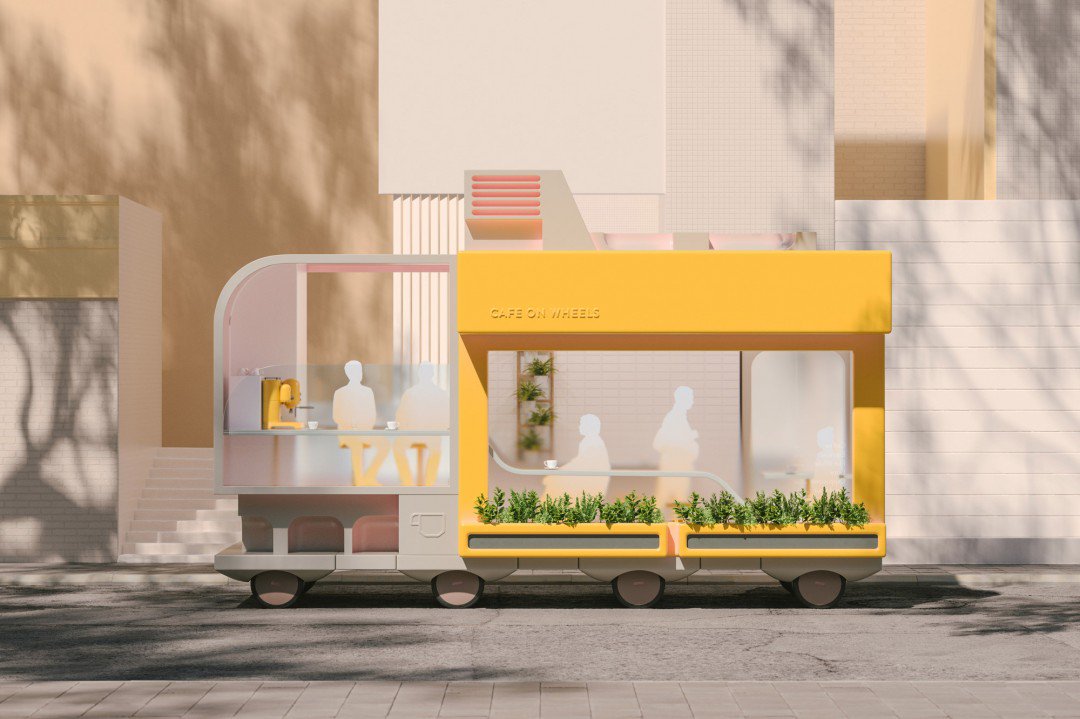
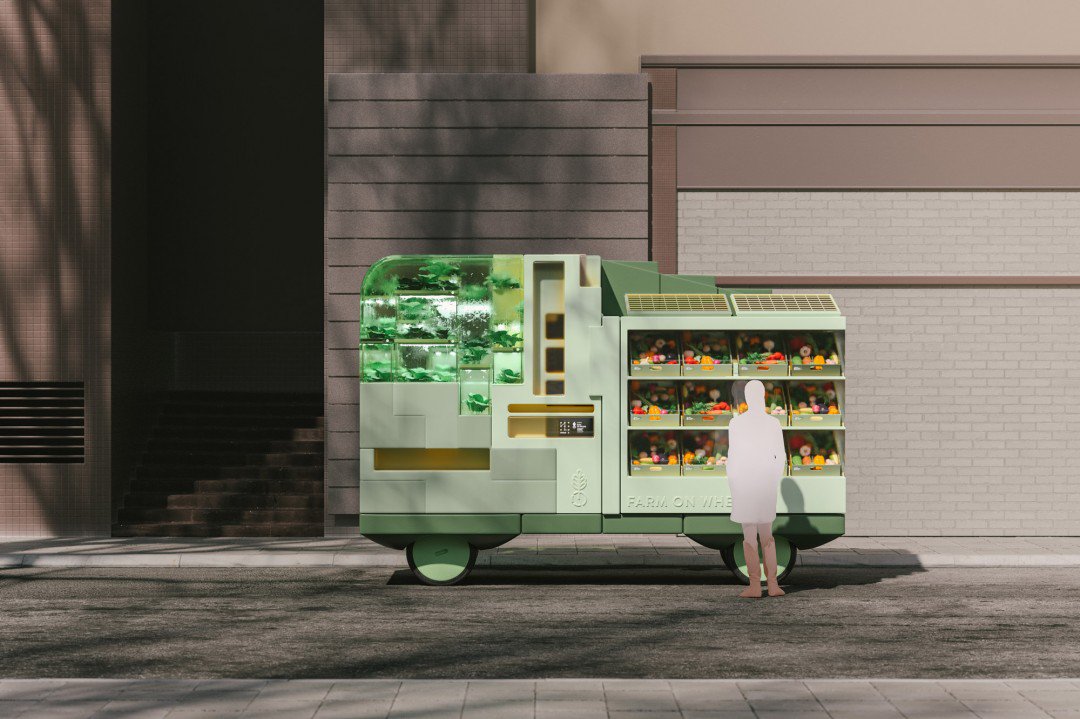
“Transportation difficulties are one of the three major barriers curbing access to healthcare, especially for low-income communities,” says SPACE10. “It’s known as the ‘last mile’ problem: health solutions tend to make it as far as medical outposts – but won’t reach end users. Healthcare on wheels solves ‘the last mile’ problem by getting medical professionals to visit people in need, not the other way around.”
